Date and place
- May 10th, 1796 at Lodi Bridge, upon the Adda river, southeast of Milan, Lombardy, Italy.
Involved forces
- French army (17,500 men) under General Napoleon Bonaparte.
- Austrian troops (9,500 men) under General Karl Philipp Sebottendorf.
Casualties and losses
- French army: around 1,000 men killed or wounded.
- Austrian troops: between 315 (according to austrian sources) and 1,100 (according to french sources) killed or injured.
Aerial panorama of Lodi battlefiedl
Overall situation
Napoleon Bonaparte, after passing the Po in Piacenza, went up the right bank of the Adda River, one of its tributaries in the north, in search of the flaw in the opposing device that will allow him to cross this new course of water and pursue the enemy.
The Austrian General-general Johann Pierre de Beaulieu-Marconnay, taken aback by a passage that took place 80 kilometers downstream of its forecasts, had just evacuated Milan [Milano] to retreat on Cremona.
Bonaparte initially planned to cross the Adda at Pizzighettone [45.18647, 9.77955]:
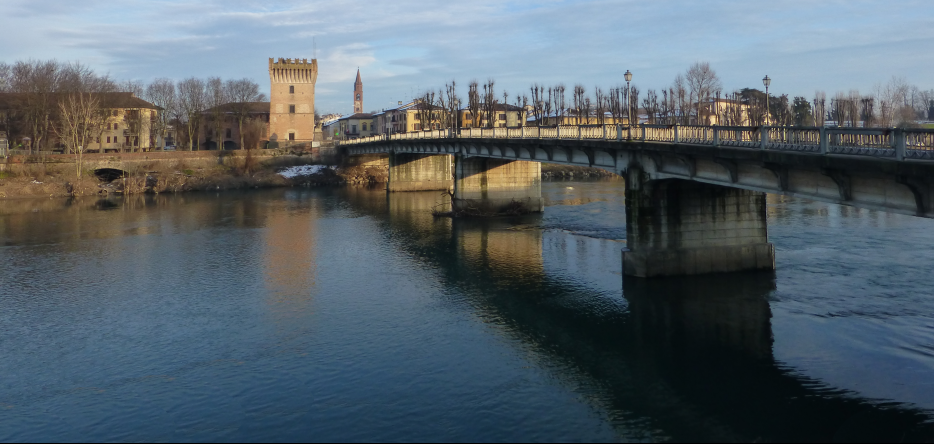
However, he gave it up, the city being too well defended.
He then tested the forces of the Austrian rearguard around Zorlesco [45.19917, 9.61636].
Then Bonaparte and Louis-Alexandre Berthier managed to find, in Lodi , 31 kilometers southeast of Milan, the weak point they were looking for. A bridge, intact, was connecting the city to the left bank of the Adda [this bridge, destroyed in 1859, was located 50 meters upstream of the current bridge which is located at 45.31915, 9.50862]:
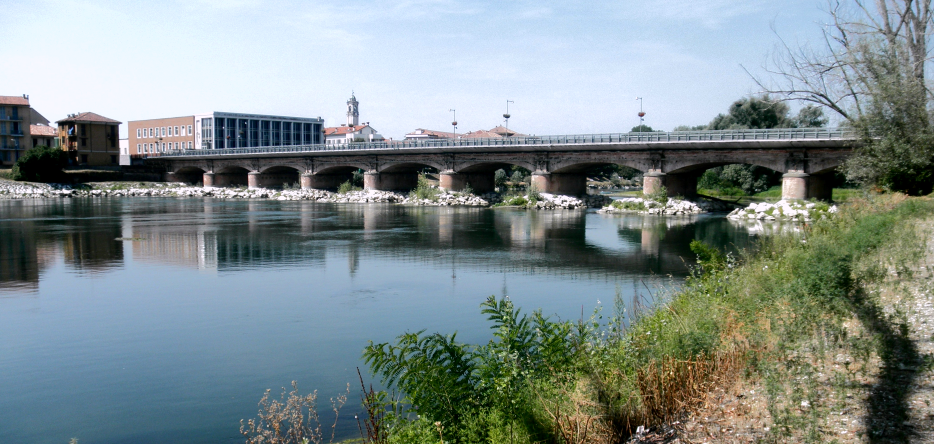
The bridge, twelve meters wide and almopst two hundred long, had just been used to cross the river by the last Austrian detachments who was still on the right bank of the Adda. It was defended by the Austrian rearguard, commanded by General Karl Philipp Sebottendorf, and if the latter had not yet been given the order to destroy it, it was because the Austrians were far from expecting to undergo so quickly a serious attack from the French.
But Bonaparte, quite the contrary, believing Beaulieu was present with all his forces behind Lodi, wanted to pass at all costs to prevent him from running away.
The fights
When arriving in front of the bridge, accompanied only by the cavalry of General Marc Antoine Bonnin of Bonninière de Beaumont and a vanguard of grenadiers commanded by General Claude Dallemagne (the divisions of André Masséna and Charles Augereau were coming but had not yet joined), Bonaparte installed his artillery on the heights which bordered the right bank of the river.
From there, in order to prevent them from approaching the structure and blowing it up, he cannoned for several hours the Austrians, located on the left bank .
Sebottendorf pulled his troops out of reach from French fire and organized them in two lines:
- the first line comprised three battalions, equipped with twenty cannons which were taking the deck of the bridge in a row;
- the second one was formed of five other battalions, and was standing further behind, supported by the cavalry.
In total, General Sebottendorf had 9,500 men under his watch. French forces were almost twice as small.
Anticipating the difficulty of the passage, Bonaparte, after examining the enemy position from the top of the campanile of Santa Chiara, sent his cavalry and the light artillery upstream:
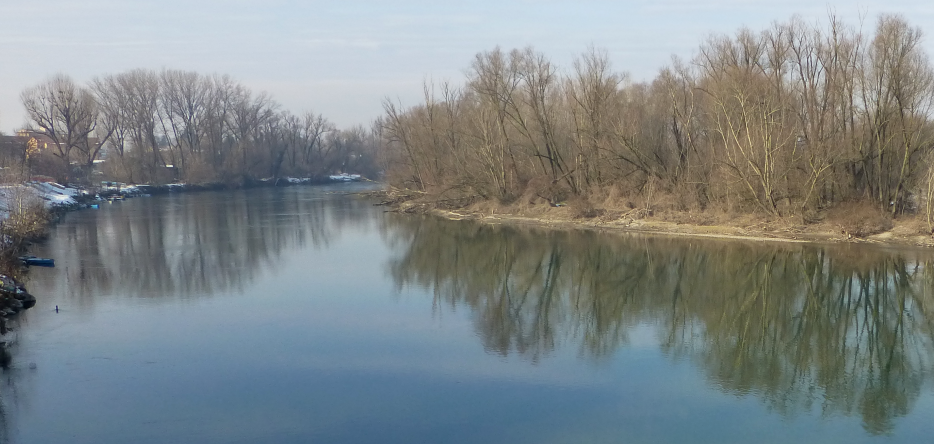
Their mission was to seek a ford towards the north, on the side of Montanasso [Montanaso Lombardo] [45.33520, 9.47130]. Bonaparte was hoping to see them come out a few hours later on the right side of the Austrian apparatus. He would then command his infantry to attack the bridge.
Toward the end of the afternoon, while Beaumont still did not show up, the 6,000 men of the Masséna division presented themselves on the battlefield after having walked since six in the morning. Bonaparte decided to play his all-out and to attempt the assault without waiting further.
A short rest got granted to the troops newly arrived, around nineteen hours, the second regiment of Carabineers, composed of Savoyards, received the order to cross the bridge first. The grenadiers, who had organized themselves in a tight column behind the ramparts of the city, were commanded to follow.
At the scream of "Long live the Republic", the Savoyards advanced under the orders of their battalion commander Pierre Louis Dupas and a hailstorm of shot welcomed them. The carnage was such that their impulse broke for a moment. The attackers paused.
Immediately, Generals Masséna, Berthier, Dallemagne and Cervoni rushed in person to the attack. Their example galvanized the troop that started crossing the bridge at the cost of 400 victims, the last arrived spanning the pile of bodies of those fallen in front of them.
Simultaneously, some skirmishers managed to swim across the river, diverting some of the defenders' attention. A furious bayonet fight began. The Austrians were pushed back behind their own artillery. The rest of the Masséna division followed and extended on each side. The Augereau division, meanwhile, passed in turn and took position on the left bank.
Sebottendorf then ordered the retreat. Beaumont, long delayed by the poor quality of the ford he was crossing, finally appeared on the battlefield, but too late to intervene effectively in the pursuit. As a result, the Austrians managed to stay in the village of Fontana [45.33025, 9.52929], 2 kilometers northeast of the bridge, until nightfall.
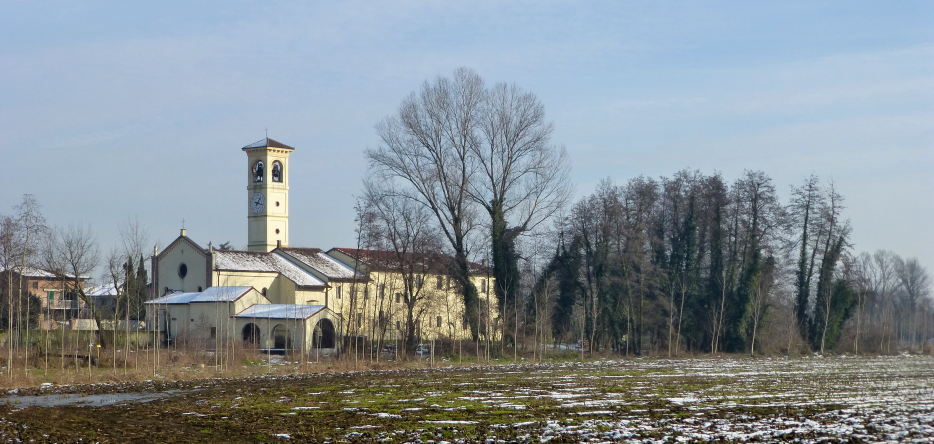
The Austrians then retreated further east, to the town of Crema [45.36314, 9.68683].
They were not vigorously pursued by the exhausted Frenchmen, who stopped at Tormo to establish their camp, the cavalry occupying the surroundings of Crespiatica [45.35490, 9.57509].
On the night of the battle, Napoleon Bonaparte set up his headquarters at Palazzo Modignani in Lodi.
Results and consequences
The fight caused the death of around 2,000 soldiers and 14 to 20 guns on the Austrian side. The French lost only about a thousand men.
The Battle of Lodi Bridge is the victorious conclusion of the second act of the Italian Campaign. The withdrawal of the Austrians beyond the Mincio River, with the abandonment of strongholds such as Cremona and Pavia, gave the French control of Lombardy. A few days later, on May 15, they entered peacefully in Milan, empty of enemies.
However, Bonaparte had to let escape both the rearguard and the bulk of the Austrian forces. The brilliance of the act of arms was going to help conceal the absence of the expected strategic results.
Map of the battle of Lodi, May 10th, 1796
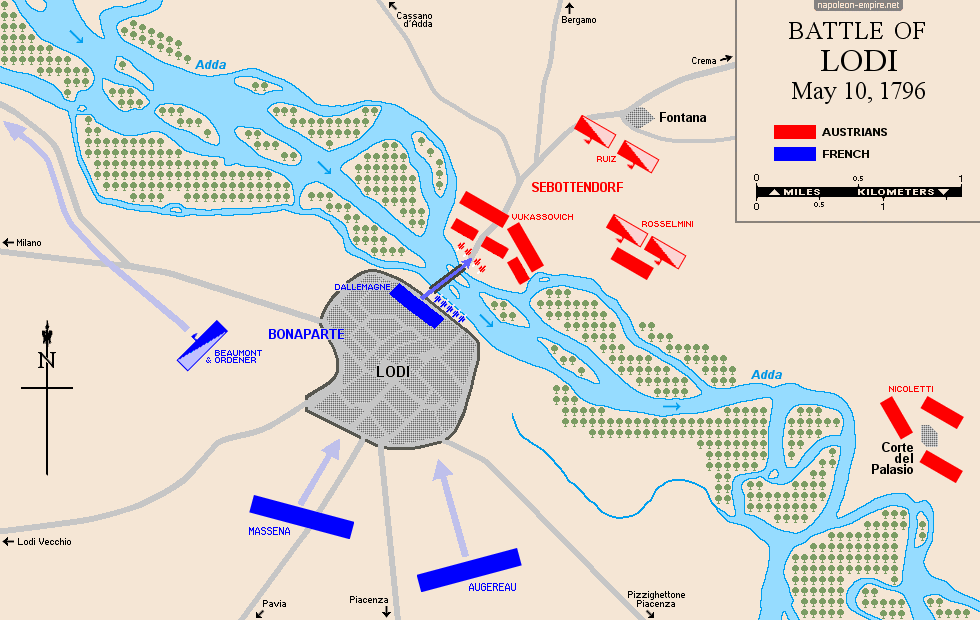
Picture - "The French Army crossing the Lodi Bridge". Painted 1797 by Louis-Albert-Ghislain Bacler d'Albe.
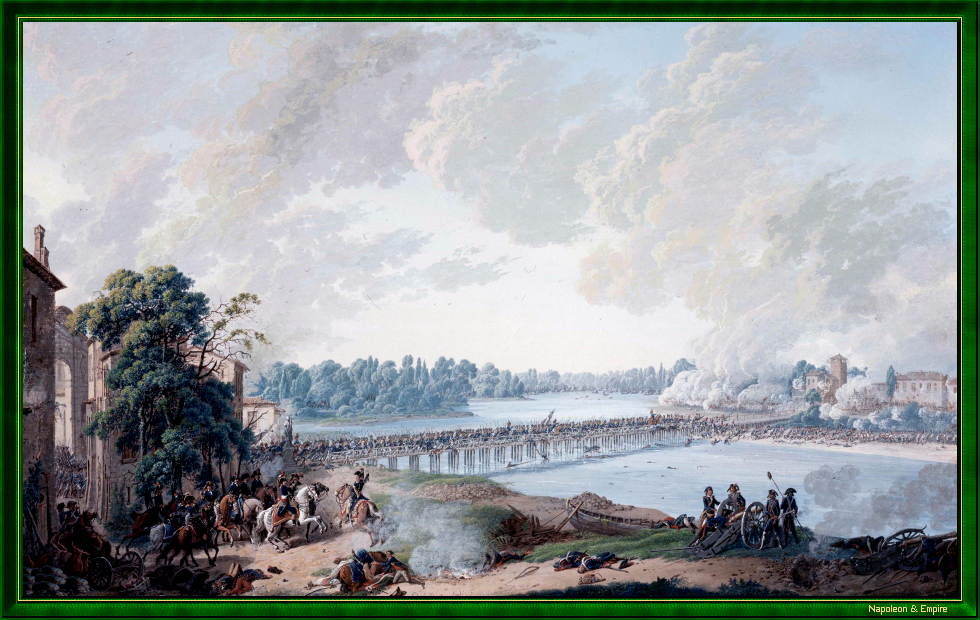
According to P. G[ayant], Tableau des guerres de la Révolution de 1792 à 1815, Paris, Paulin, 1838, p. 120: « Until then, there was no other example of a bridge, that well defended, being taken »
It was in the evening of Lodi that Napoleon suddenly became aware of his destiny. As the pseudo-Napoleon says very well in the Manuscript from St. Helena in an unknown way (1817): After Lodi, I no longer regarded myself as a simple general but as a man called to influence the fate of the people. It occurred to me that I could become a decisive player on our political scene. Then was born the first spark of high ambition.
At the end of the battle, Bonaparte would have been promoted corporal by his soldiers, in recognition of his courage. If it is most likely a myth, the affectionate nickname "Petit Corporal" will however remain attached thereafter.
This battle gave, as early as 1798, its name to the Rue du Pont-de-Lodi in the 6th arrondissement of Paris.
 Display the Map of the First campaign in Italy (1796-97)
Display the Map of the First campaign in Italy (1796-97)
Photos Credits
Photos by Lionel A. Bouchon.Photos by Marie-Albe Grau.
Photos by Floriane Grau.
Photos by Michèle Grau-Ghelardi.
Photos by Didier Grau.
Photos made by people outside the Napoleon & Empire association.